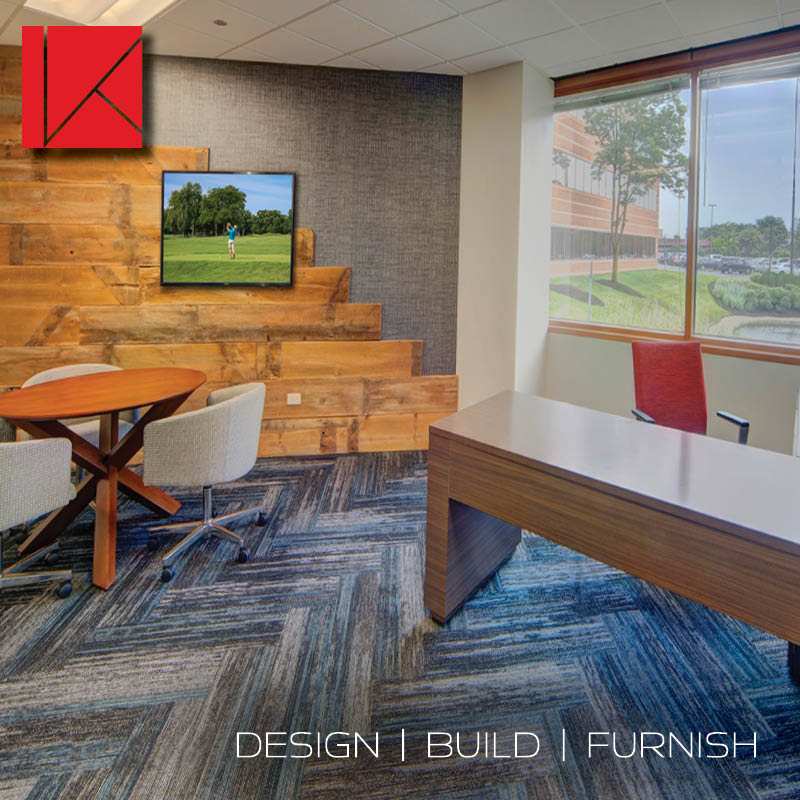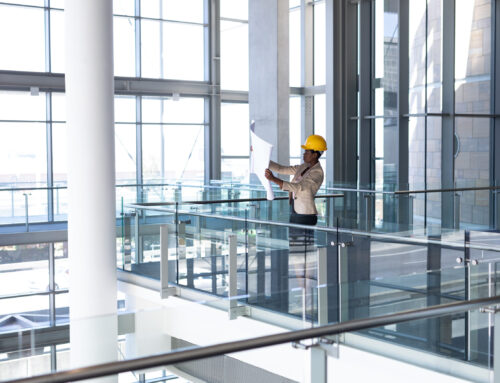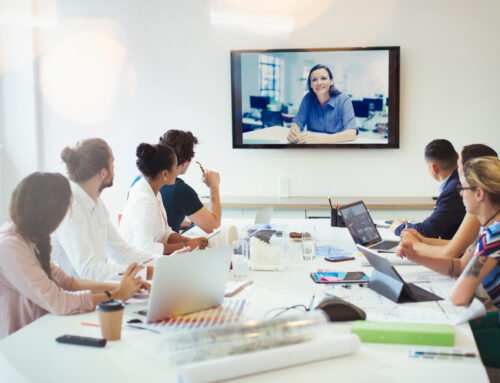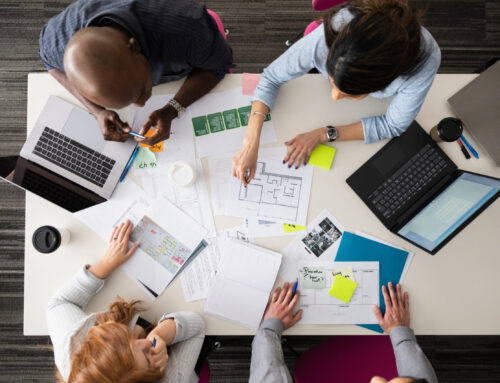New Office Design Trends: Faux Columns and More
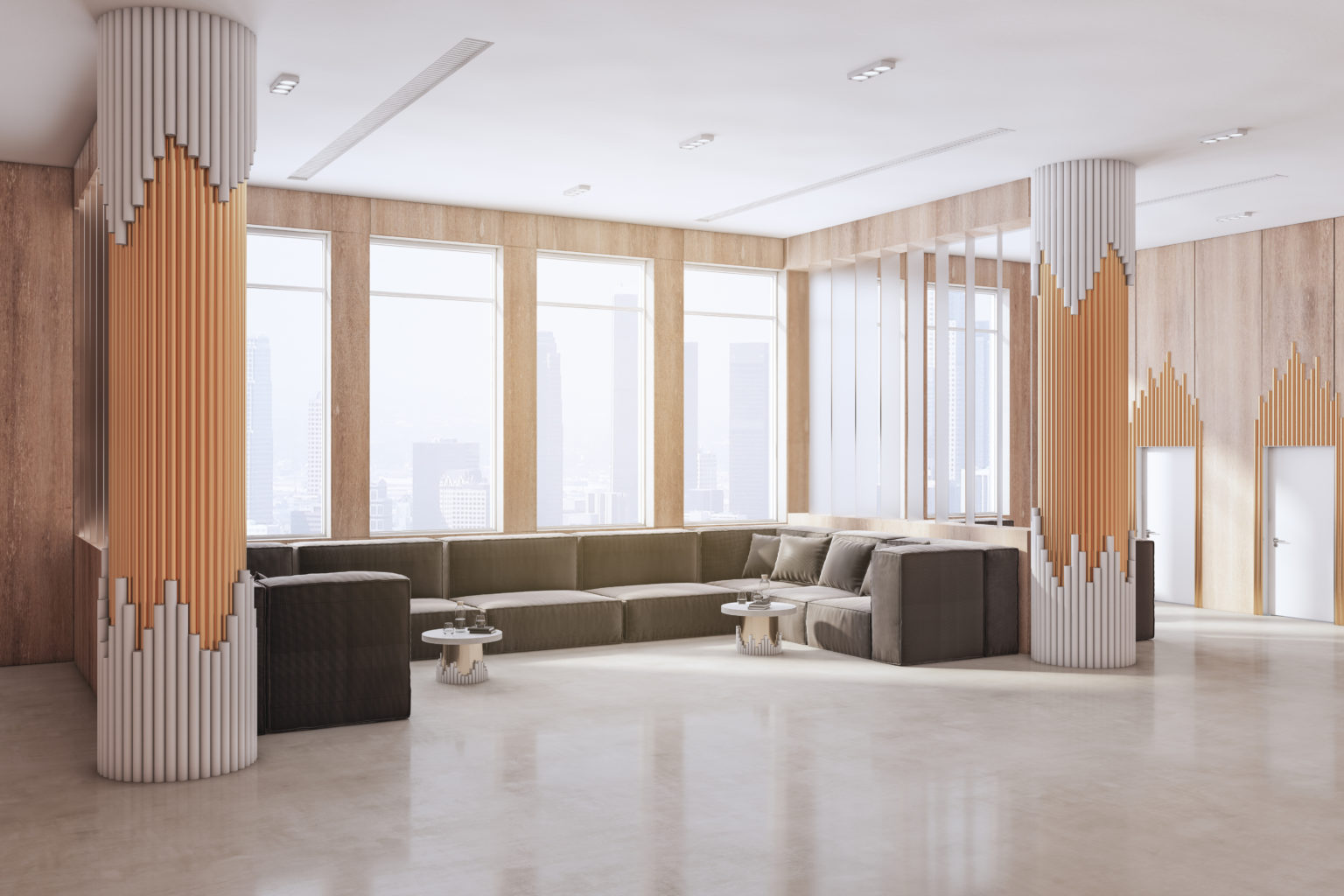
The benefits of good design don’t just impact office aesthetics. On the contrary, good office design also highlights a company’s culture and helps to positively influence employee satisfaction and well-being. Studies show that a well-designed workspace can reduce stress, improve employee productivity, attract top candidates, and create a lasting impression that ultimately translates into a more robust bottom line for corporations of any size. Take a look at some new office design trends that are being used to make workplaces more interesting and a lot more fun to occupy and, thus, are resulting in happier, healthier employees and more profitable businesses:
The Addition of Faux Columns (and Other Architectural Elements)
Columns, a type of architectural element, often serve a structural function in the construction of a space, providing support for a ceiling or wall. But in other scenarios, faux columns are placed in a room as a way to focus or “entertain” the eye and serve no material function at all. Indeed, faux columns are becoming a common feature in many modern office designs because they can lend an air of grandeur to space, drawing attention to an area of an office that might otherwise seem drab or boring and/or highlighting it for a specific purpose (such as designating a specific area for seating or accentuating a piece of art). Depending on the type of material being used, faux columns can be a relatively inexpensive way to create jaw-dropping interest in a space.
Creative Use of Color
The creative use of color is another office design trend we see being used in today’s modern offices. Good design centers around four basic principles: contrast, repetition, alignment and proximity. Color is a great way to focus on any or all of these principles with the added benefit of being relatively easy and inexpensive to implement. Not only can you create dramatic design effects using color, you can use it to set an office’s “atmosphere.” Studies suggest that certain hues can enhance our mood, calm our nerves and even boost our productivity. And science aside, societies around the world use color to symbolize meaning (red for passion, white for purity, etc.), allowing offices to intentionally emphasize specific elements of their company culture regardless of whether or not a certain color can actually influence behavior! Color can showcase, conceal, aggregate, and organize the elements of a space, creating cohesion and patterns that deliver a unique sense of place and purpose.
A Focus on the Organic
Many offices are moving beyond minimalistic and industrial design in an effort to capture a spirit of harmony and tranquility and encourage warm relations among and between workers and clients. The soft, fluid lines of nature-inspired designs are replacing the stark, defined edges of previous design movements, as more and more businesses realize how starved people have become for living connections. The pandemic has only intensified the shift, with companies finally understanding the value of relationships in the quest for capital gain. Instead of focusing on their own profits and worrying about cutting expenses, they are finding ways to focus on the health and happiness of their employees, bringing in plants and natural materials, encouraging collaborative spaces and even fine-tuning their green intiatives in an effort to ignite the creativity and safeguard the well-being of their employees.
Want to Learn More?
Good design matches a space to the needs and interests of the people in it. While trends can be fun and interesting options to consider during any design process, it’s always important to incorporate a trend into a design if it serves a specific function and complements the aesthetics of the overall project. To learn more about using creative design to maximize the workflow of your own office, please contact Key Interiors.
